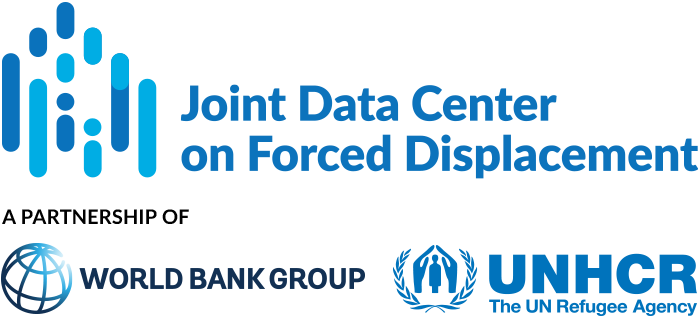This paper examines whether Iraq’s Public Distribution System, a universal food subsidy program, has mitigated the welfare loss of forcibly displaced households following the most recent wave of violence and displacement in 2014. The analysis is based on data from the...
JDC Literature Review
Comparing the Experiences of Internally Displaced Persons in Urban vs. Rural Areas: Findings from a Longitudinal Study in Iraq, 2015-2017
This paper examines the experiences of non-camp Iraqi IDPs. Drawing on panel data from a longitudinal study conducted by IOM and Georgetown University, the authors analyze the experiences of IDPs in terms of their livelihoods, standards of living, security and social...
Creating Coexistence: Intergroup Contact and Soccer in Post-ISIS Iraq
The ‘contact hypothesis’ proposes that intergroup contact can reduce prejudice if it is positive, cooperative, endorsed by communal authorities, and places participants on equal footing (Allport et al., 1954). This paper examines the causal impact of meaningful...
Cities as a Refuge, Cities as a Home: The Relationship between Place and Perceptions of Integration among Urban Displaced Populations in Iraq
Cities in Iraq have absorbed the majority of IDPs since the beginning of the ISIL conflict in early 2014—at the peak of the conflict only 12 percent of the 3.4 million IDPs settled in camps while 88 percent settled in urban areas. By the end of 2018 there were 1.8...
Arrested Development: Conflict, Displacement, and Welfare in Iraq
In 2014, Iraq suffered two simultaneous crises: an economic crisis driven by a sharp decline in oil prices, and a security crisis caused by the war against the Islamic State. This paper provides the first estimates of monetary poverty and non-income dimensions of...
The Mobility of Displaced Syrians – An Economic and Social Analysis
This report analyzes the “mobility calculus” of Syrian refugees through: (a) a review of international experience to identify push/pull factors; (b) an assessment of the conditions faced by Syrians in Syria, Lebanon, Jordan, and Iraq as they relate to these push/pull...
Displacement Profiling in Urban Areas: Methodological Approaches for Collecting and Analysing Data on Internal Displacement in Cities
Evidence on the experience of displaced populations in cities remains sparse, due in part to the difficulties of collecting and analyzing information on urban populations. This paper discusses how to overcome certain methodological challenges of analyzing internal...
The Syrian Refugee Crisis in the Kurdish Region of Iraq: Explaining the Role of Borders in Situations of Forced Displacement
This article proposes a conceptual analysis of borders applied to the examination of forced displacement and its response from a receiving state, focusing on the case of more than 250,000 Syrian refugees in the Kurdistan Region of Iraq (KRI). The author argues that...
Balancing the Rights of Displaced, Returning and Remaining Populations: Learning from Iraq
The return of 3.1 million IDPs to their places of origin in Iraq is seen as a benchmark of success. The article highlights critical questions related to mitigating competing rights and protection needs of those who stayed, returned IDPs, and those still displaced....
Regional Collaboration to Strengthen Education for Nationals & Syrian Refugees in Arabic Speaking Host Countries
As part of the Regional Refugee and Resilience Plan (3RP) to assist Syrian refugees in Turkey, Lebanon, Jordan, Iraq, and Egypt, UNICEF is coordinating the No Lost Generation (NLG) initiative in the education sector to support host countries to: (a) expand access to...


